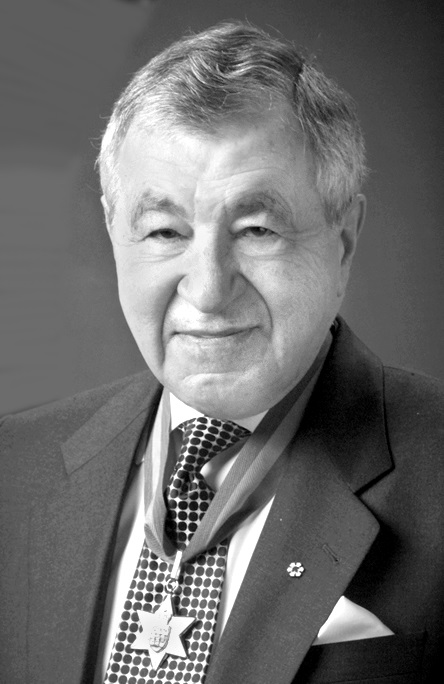This singular medical achievement was part of the larger miracle of organ transplantation.
Before transplantation (and dialysis to artificially clean the blood), those suffering from kidney failure, or what is more properly known as “end stage renal disease,” faced certain death. In fact, the only treatment before 1960 was morphine and a box of Kleenex for the family.
Kidney transplants, first attempted in the mid-1950s, offered a different outcome—a chance to live a normal life. Indeed, organ transplantation has come a long way in the past half century, especially with the introduction and improved use of immune-suppressing drugs.
It was Saskatoon-born Dr. Marc Baltzan, a member of the U of S medical faculty and one-time president of the Canadian Medical Association, who was the driving force in the University Hospital’s kidney transplant program.
Baltzan had a purposeful, if not single-minded, disposition. And when confronted with the tragic case of 19-year-old Stella Mossing whose kidneys stopped functioning, he decided to try a transplant—something he had heard about during his specialty training at Johns Hopkins Hospital in Baltimore.
Mossing’s surgery took place at University Hospital on December 10, 1963. It was only the third kidney transplant in Canada.
As soon as the surgeon inserted the new kidney and hooked up the blood vessels, urine shot out. “Unbelievable” is how Baltzan described the experience.
But late that night, Mossing’s body rejected the transplanted kidney.
Dialysis kept Mossing alive for the next few anxious months until a re-transplant—something something that never had been attempted in Canada.
The second surgery took place on February 22, 1964 when a deceased donor kidney became available. It worked this time.
But the university hospital transplant team waited over a month—until March 24, 1964—before publicly announcing the successful re-transplant and introducing Mossing at a news conference.
Saskatoon’s University Hospital was soon among the world leaders in transplant surgeries.
On April 29, 1964, less than three months after Mossing’s surgery, Evelyn McKnight, a middle-aged Regina bookkeeper, was given a new kidney.
Then, in September 1964, the second identical-twin kidney transplant in Canada was performed at University Hospital.
Kidney transplants steadily climbed over the next decade—to 108 by 1972 and then 144 two years later.
This rise in transplant numbers was attributable to the dedicated team assembled at University Hospital to handle the procedure, including Marc Baltzan’s two brothers: Donald, a surgeon, and Richard, a nephrologist.
But more transplant experience did not necessarily translate into better survival rates. Those who did live, though, lived longer.
Saskatoon had the distinction of having some of the oldest living transplants recipients in the world. By 1992, seven (28 per cent) of the 25 recipients worldwide who had survived for more than two decades received their transplanted kidney at University Hospital.
After initiating Saskatchewan’s first kidney transplant, Marc Baltzan would later claim that he was just treating a patient, not starting a transplant program. That changed in July 1989 when Saskatchewan Transplant Program was officially established.
Since then, comprehensive care has become the hallmark of the program. Not only is there rigorous testing of the recipient and the suitability of both the donor and kidneys, but the transplant team now includes social workers and pharmacists.
The continuing challenge, though, is finding enough organ donors to meet the demand.
Waiser is a U of S historian and communications contributor to the U of S Research Profile and Impact unit.
